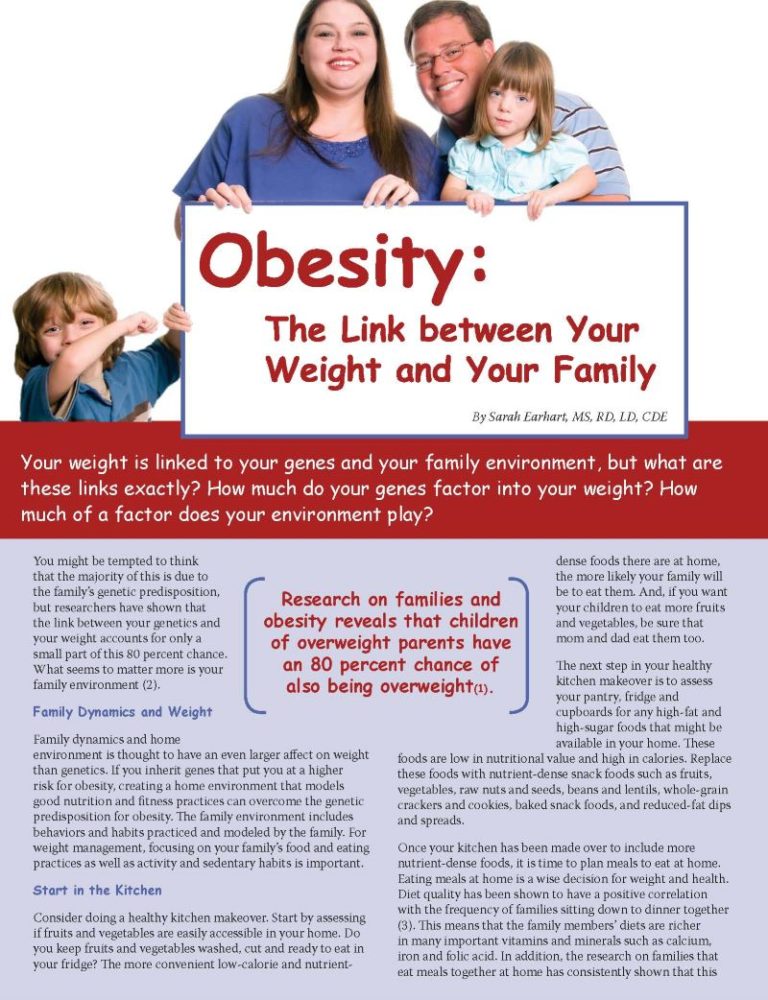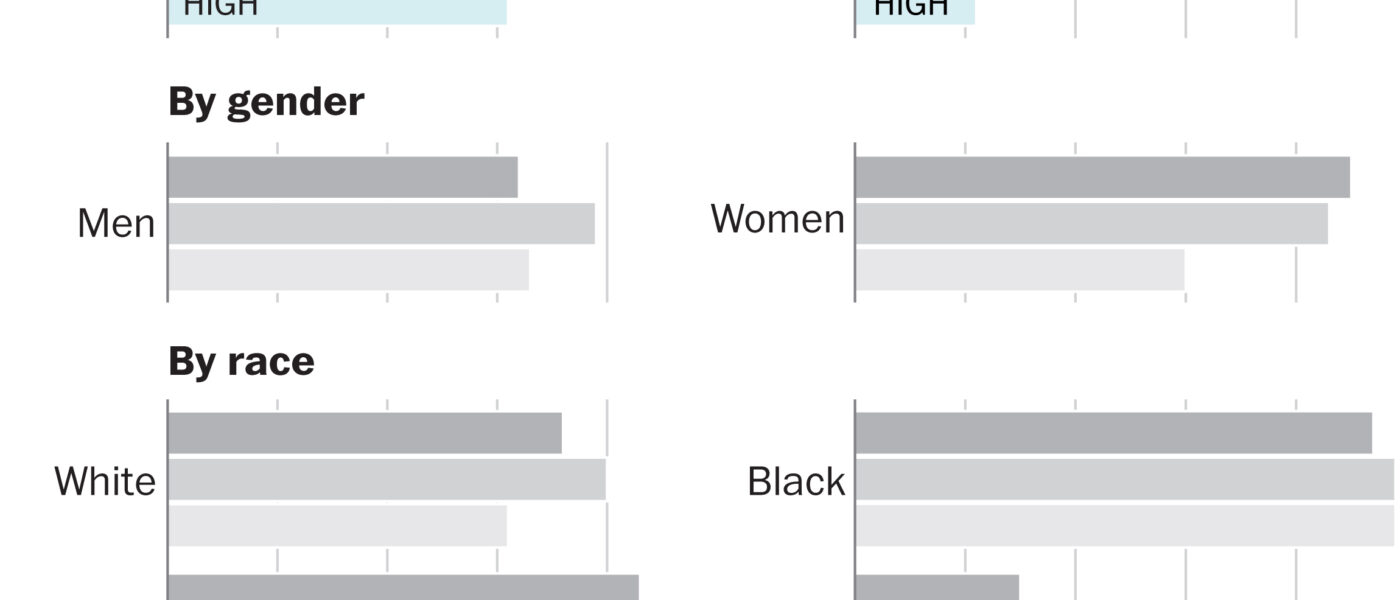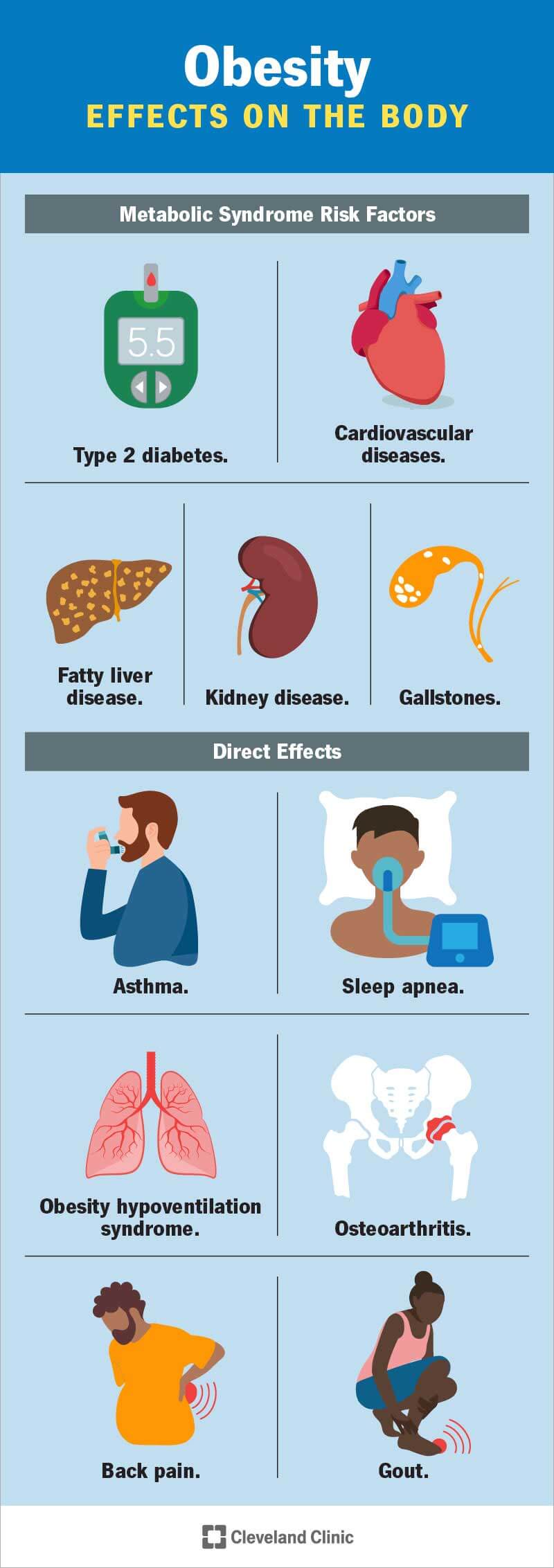Why Do You Think Think Obesity Is Linked To How Rich Or Poor We Are?
Acknowledging the shared battle many of us face against obesity, a health crisis that could potentially steal away our youthful lives, we’ve embarked on a quest to understand its complex ties to our socio-economic status. An intriguing link appears to emerge between our financial standing and our weight – a correlation begging for deeper understanding and examination. Overwhelmed with curiosity, we ask, could our wealth, or lack thereof, hold a significant sway over our body mass? It’s this question that we’ll be addressing throughout this exploration.

Understanding Obesity
When we discuss health issues that are rampant worldwide, one condition that casts a particularly large shadow is obesity. Obesity is not just about being overweight; it’s a complex health issue involving an excessive amount of body fat. Obesity isn’t merely a cosmetic concern. It’s a medical problem that increases the risk of various diseases and health problems, such as diabetes, heart disease, and even certain cancers.
Defining obesity
To truly comprehend obesity, it’s important to understand what it entails. In medical terminology, obesity refers to a condition characterized by an excessive accumulation and storage of fat in the body. It’s defined by body mass index (BMI) – a simple calculation using a person’s height and weight. While it’s a useful initial tool, the limitations of BMI include that it doesn’t account for muscle mass, and it may not accurately classify the health of all ethnic groups.
Metrics and measures of obesity
Measuring obesity often involves more than just weighing a person and consulting a chart. While BMI is the most widely used metric, others include waist circumference, waist-to-hip ratio, and skinfold measurements. Each offers us a different perspective on the ways excessive body fat can impact health. For example, central obesity—measured by waist circumference—can be a significant predictor of the risks associated with obesity-related diseases.
The Prevalence of Obesity Worldwide
Obesity makes no distinction— it is prevalent across all walks of life and geographical boundaries.
Global Obesity statistics
Taking a look at the global scenario, the numbers are alarming. According to the World Health Organization, over 650 million adults were reported to be obese in 2016. The prevalence of obesity tripled between 1975 and 2016. These figures provide us with a stern reminder that obesity is a global concern, necessitating immediate response and prevention measures.
Obesity in developed countries versus developing countries
The prevalence of obesity is not equal worldwide. Developed countries, particularly those in the West, witness much higher rates of obesity compared to developing countries. A sedentary lifestyle and abundance of calorie-rich food are primarily responsible for this disparity. In contrast, many developing countries continue to struggle with undernutrition. Yet, they are witnessing a rise in obesity rates due to rapid urbanization and westernization of diets.

Economic Factors in Obesity
Income and economic status are significant factors that influence obesity. The inequality of wealth dissemination worldwide plays a considerable part in this health crisis.
The role of income in food choices
Our income directly affects our food choices. Those of us with higher incomes typically have more access to a wider variety of healthier food options. Alternatively, those with lower incomes often opt for cheaper, high-calorie foods that may not provide the necessary nutrients but satiate hunger.
How economic status affects physical activity
Economic status can also greatly influence levels of physical activity. Our jobs often dictate our activity level. Menial or labor-intensive jobs can keep us more physically active, whereas desk-bound or sedentary jobs usually contribute to weight gain and, subsequently, obesity.
Food Accessibility and Affordability
Accessibility and affordability of food are further crucial determinants of obesity.
Food deserts and their impact
Food deserts, areas where access to affordable and nutritious food is limited, are a significant problem. Those of us living in food deserts may find it challenging to purchase fresh fruits, vegetables, and whole foods.
Cost disparity between healthy and unhealthy food
There exists an unfortunate discrepancy between the costs of healthy and unhealthy food. The processed, high-sugar, and high-fat foods are often cheaper and more readily available than nutrient-rich, healthy foods. This disparity puts those with lower incomes at a disadvantage when it comes to making healthier dietary choices.
Income and Nutrition Literacy
The understanding of nutrition and its importance varies drastically across different income brackets.
Understanding of nutrition in different income brackets
In higher-income brackets, there may be more access to education about the importance of balanced diets and critical nutrients. However, for those in lower-income brackets, such knowledge might be scarce, leading to choices that predispose them to obesity.
Access to nutrition education in wealthy versus poor communities
Access to nutrition education is a privilege not shared equally. Wealthy communities have more extensive resources, like nutritionists and health workshops, to educate about the importance of a balanced diet. On the contrary, poor communities are often deprived of this vital information, fostering an environment where unhealthy food choices become the norm.
The Impact of Marketing
Marketing tactics and advertisement strategies often cater more towards promoting unhealthy food, particularly in low-income communities.
Marketing of unhealthy food to low-income communities
Unhealthy food is often heavily marketed to lower-income communities due to its lower price point, thus creating a cycle of unhealthy eating habits and perpetuating the obesity epidemic in these communities.
Lack of health food advertising in poorer areas
The dearth of health food advertising in poor areas is also a problem. Many lower-income communities lack access to marketing campaigns and education about healthier food choices, thus impeding the knowledge of beneficial dietary habits.

Obesity and Healthcare Accessibility
Healthcare access is directly intertwined with the obesity epidemic, with vast differences in facilities for rich and poor areas.
Availability of healthcare services in rich and poor areas
The state of healthcare services varies immensely between rich and poor areas. Affluent areas are often equipped with state-of-the-art healthcare facilities, while poorer communities may lack basic services. This disparity leads to inadequate treatment and prevention of obesity in these underprivileged areas.
Costs of medical care for obesity-related diseases
The cost of medical care for obesity-related diseases can also vary significantly. Those with higher incomes can afford better healthcare and preventive measures, while the economically disadvantaged might struggle to manage the healthcare costs associated with treating obesity and its related conditions.
Public Health Policies and Obesity
Public health policies play a pivotal role in combating obesity, especially with their varying impacts on different income groups.
Impact of nutrition policies on different income groups
Nutrition policies, particularly those promoting healthier food choices, can potentially influence obesity rates. However, these policies often disproportionately benefit wealthier individuals who can afford healthier food options.
Effectiveness of public health interventions on obesity rates
Public health interventions also show varying results across different wealth classes. Government-funded free exercise programs and parks, for instance, offer universal benefits. However, their uptake and utilization tend to be lower in low-income communities, highlighting the need for more targeted, community-specific interventions.

Social Factors and Obesity
Social factors also play an impacting role in obesity, with mental health and societal pressures contributing significantly.
Stress and mental health’s effect on obesity in different income groups
Research shows a direct correlation between stress, mental health, and obesity. In both high and low-income brackets, enduring stressful situations can lead to comfort or emotional eating, which can result in weight gain.
Impact of societal expectations and body image on eating habits across wealth spectrum
Societal expectations and body image issues also feed into the obesity epidemic. On one hand, societal pressure to conform to certain body standards may prompt unhealthy eating habits. On the other hand, being neglected or overlooked due to weight can also foster negative emotional states, leading to overeating as a coping mechanism.
Conclusion
Throughout our exploration, the link between wealth and obesity has been apparent, proof that economic status influences our health in more ways than one. Breaking this cycle requires collaborative effort—from implementing effective public health interventions to ensuring fair food accessibility and improving education about nutrition. However, what is most important is that each one of us shows empathy, acknowledging that navigating obesity is not a journey anyone should walk alone.


